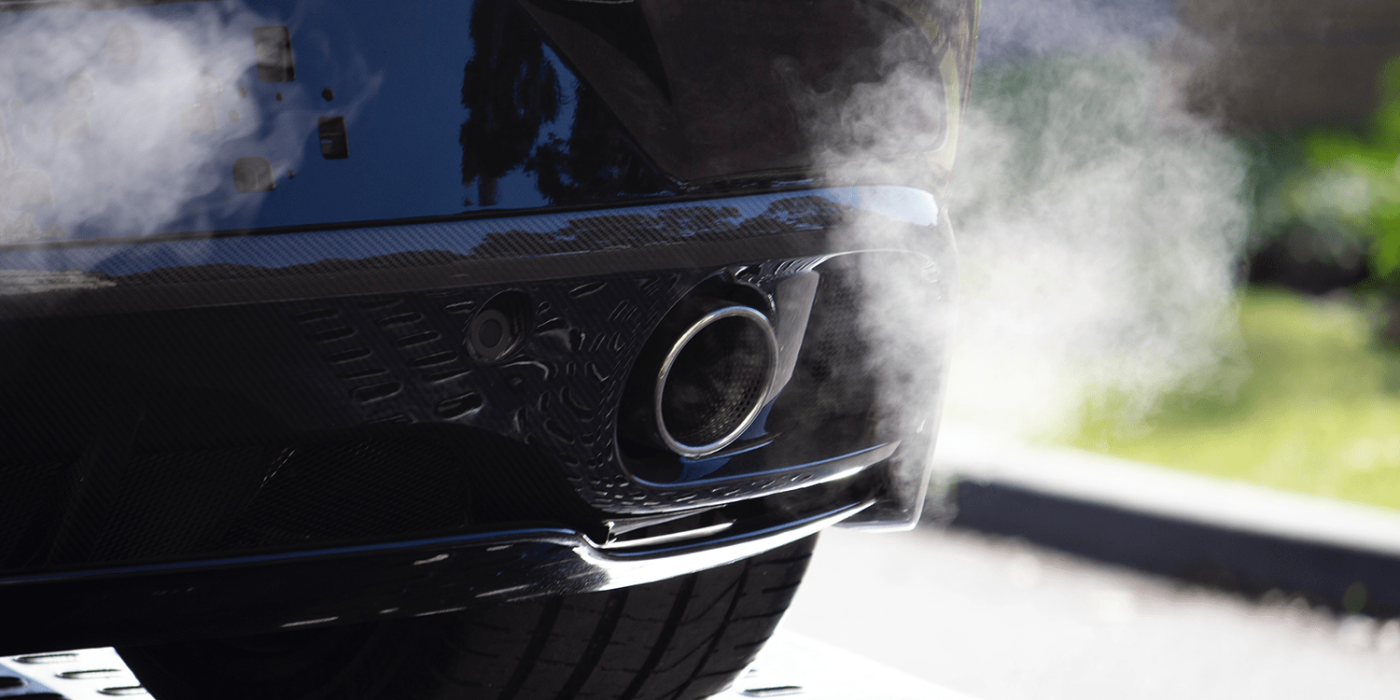Stellantis is working on an EV exhaust system
The purpose of the patent: When batteries overheat or suffer thermal runaway, they can release gases containing hydrogen and hydrocarbons such as methane, ethane, ethylene, acetylene, propane and butane. These flammable substances collect in the battery housing and can ignite at high temperatures.
That is precisely what Stellantis wants to prevent with its exhaust system for electric cars. If the gases are specifically channelled out of the battery pack, they cannot ignite. If the accident and resulting damage are so severe that the battery has nevertheless ignited, the system is designed to help reduce further damage caused by the burning battery.
However, if the gases were only vented with a simple pressure relief valve, they could still ignite directly on the vehicle. Stellantis thus has a more complex exhaust system in mind, intended to chemically convert the gases. In the battery exhaust system, gases would pass through “a plurality of treatment zones for chemically treating the flow of gases to eliminate or at least reduce the number of various chemical species from the flow,” Green Car Reports quotes from the patent application.
German media outlet Auto, Motor und Sport adds that this should not be used to have people worry about the safety of electric cars. In fact, according to statistics, fires occur much less frequently in battery-electric vehicles than in vehicles with conventional combustion engines. “The exhaust system described should thus only be used in a statistically extremely rare case to increase safety for the occupants,” the article states.
However, it also means that this exhaust system for electric cars has nothing to do with a fake combustion sound, which Stellantis is known to have worked on. The battery-electric Dodge Charger Daytona EV will be equipped with a system to imitate the special V8 sound.
auto-motor-und-sport.de (in German), greencarreports.com





4 Comments